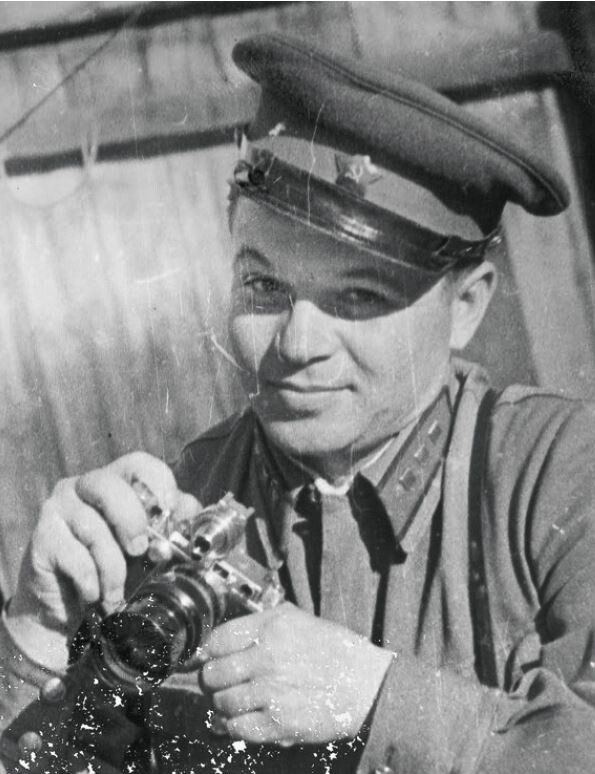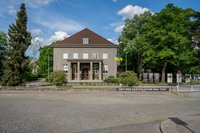Timofej Melnik (1911–1985) wurde im Dorf Kasorscha im Gouvernement Kursk als Sohn einer Bauernfamilie geboren. Er absolvierte eine Ausbildung zum Fotolaboranten und Kameramann. Ab 1938 arbeitete er als Fotokorrespondent. Bis 1943 fotografierte er für die Zeitung der Nordwestfront "Für die Heimat" und die Armeezeitung "Sowjetbanner". Nach schwerer Verwundung war er für die Luftwaffen-Zeitung "Stalinscher Falke" tätig. 1945 dokumentierte Timofej Melnik das Kriegsende in Berlin. Seine Arbeit als Fotokorrespondent im Militärdienst setzte er nach Ende des Krieges fort.
en









